Last week, the Systech team had the opportunity to attend Pharmapack 2024 in Paris, France. This event, attracting over 5,000 visitors and 300 exhibitors, is a pivotal trendsetter for the European pharmaceutical industry. This year, three key trends particularly stood out, each likely to significantly influence the future of pharmaceutical packaging.
Combating Counterfeits
Combating counterfeiting is high on the agenda this year. Counterfeit drugs present a severe risk to patient safety, lead to considerable financial losses for manufacturers, and undermine brand credibility. The recent surge in counterfeit Ozempic for weight loss has raised serious concerns in Europe—the fight against counterfeit demands collective action across the pharmaceutical industry.
Under the EU Falsified Medicines Directive (FMD), all prescription drugs sold in the European Union are required to have an anti-tampering solution and a unique identifier, both machine- and human-readable. With serialization, each item is tracked and traced with a unique code throughout its journey in the supply chain, from manufacturer to end user.
Furthermore, to combat counterfeiting and diversion effectively, pharmaceutical manufacturers should consider additional protection layers, such as digital fingerprinting. This approach allows for non-replicable solutions that can work with existing packaging.
Artificial intelligence (AI) and machine learning (ML) can help detect inconsistencies in the supply chain, highlighting possible instances of counterfeits. Anti-counterfeiting solutions are critical in safeguarding the medicinal drugs supply chain. Implementing these advanced tools ensures product quality and patient safety while minimizing revenue loss.
Well-Being and Holistic Health
At Pharmapack and beyond, we've observed a rising consumer demand for wellness and holistic health. People increasingly spend on products that enhance their health, nutrition, appearance, sleep, and mindfulness. McKinsey research indicates that the global wellness market is now just under €1.5 trillion, growing 5 to 10 percent annually. This market shift is expected to bring more technology-focused, personalized, and interconnected wellness solutions, necessitating improved visibility across the supply chain.
Health-conscious consumers seek a deeper understanding of product origins and ingredient sources. Industry 4.0 paves the way for enhanced visibility, facilitating precise tracking and tracing of products throughout the supply chain, from ingredients, raw material sources, and manufacturing to end-use, including dosing and disposal. Consumers are increasingly using QR codes to help them in these efforts. Supply chain visibility ensures consumers can trust the authenticity, quality, and safety of their purchases.
Sustainability across the Supply Chain
Sustainability was a dominant theme throughout Pharmapack, from conference discussions to individual consultations. The industry is increasingly focusing on enhancing the circular economy. This shift is driven by the need to comply with evolving governmental regulations and to meet growing consumer expectations.
A notable challenge discussed among attendees was aligning sustainability goals with the complexities of the modern supply chain. There's growing scrutiny from consumers, stakeholders, and regulatory bodies on the environmental impact of businesses. They demand transparency across the supply chain – from raw material sourcing to final product delivery.
Advanced technologies now offer end-to-end visibility, enabling precise tracking and tracing of products. Good manufacturing processes and smart packaging, e.g., replacement of physical anti-tamper packaging with digital technologies, minimize waste and inefficiencies. Automation via Industry 4.0 reduces the carbon footprint as well. Companies increasingly choose to work with suppliers who prioritize sustainability and have reduced their carbon footprint.
These solutions also play a crucial role in navigating complex regulatory landscapes, ensuring businesses comply with environmental standards and avoid penalties. In an era where consumer trust is paramount, real-time tracking capabilities are vital in verifying product authenticity and origins, thus fostering consumer confidence and loyalty.
Collaborative efforts are essential in advancing sustainable practices throughout the supply chain ecosystem. By adopting advanced track and trace tools, companies are enhancing transparency. Such actions contribute to a more sustainable future and position businesses for long-term success in a world where sustainability and supply chain efficiency are closely intertwined.
